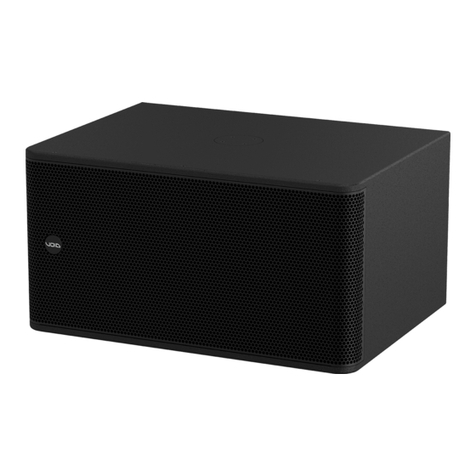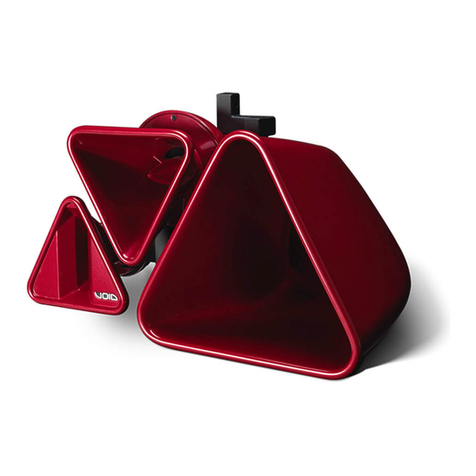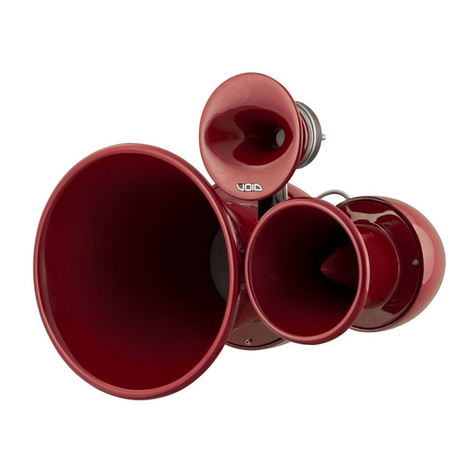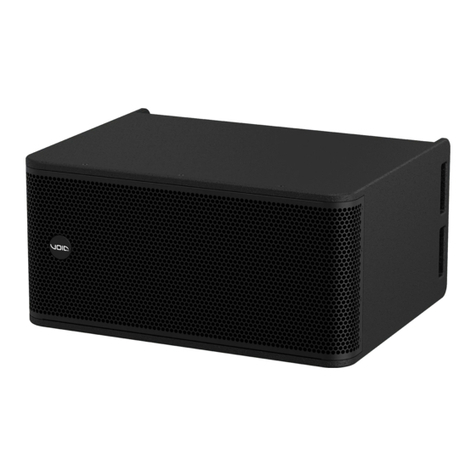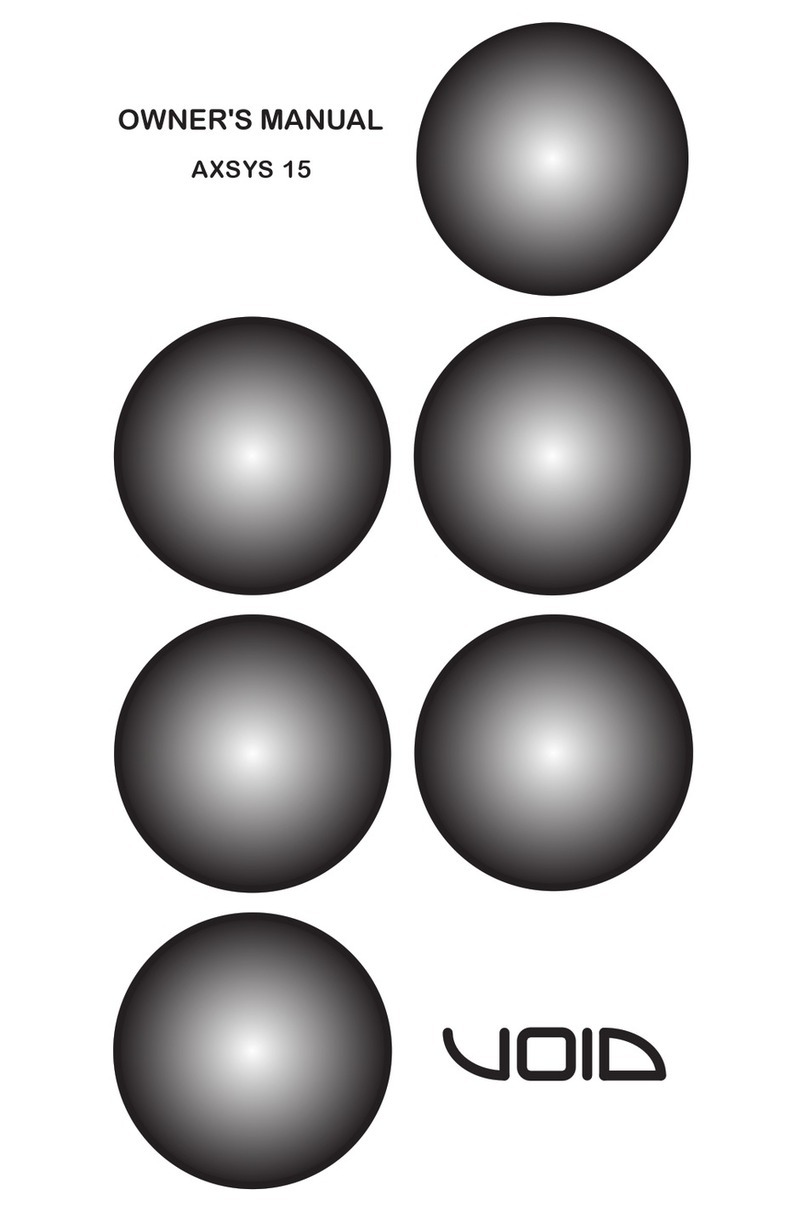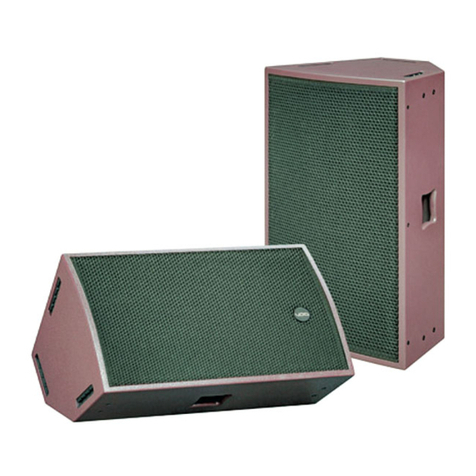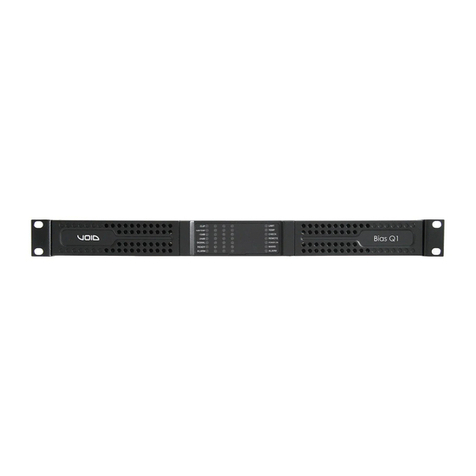
Arcline 8/212 User Guide V1.0 Page 4
1.1 Important safety instructions
The lightning flash with an arrowhead symbol
within an equilateral triangle is intended to alert the
user to the presence of uninsulated “dangerous
voltage” within the product’s enclosure that may
be of sucient magnitude to constitute a risk of
electric shock to persons.
The exclamation point within an equilateral triangle
is intended to alert the user of the presence of
important operating and maintenance (servicing)
instructions in the literature accompanying the
appliance.
Safety instructions - read this first
1. Read these instructions.
2. Keep these instructions.
3. Heed all warnings.
4. Follow all instructions.
5. Do not use this apparatus near water.
6. Clean only with a dry cloth.
7. Do not block any ventilation openings. Install in accordance
with the manufacturer’s instructions.
8. Do not install near any heat source such as radiators, heat
registers, stoves, or other such apparatus that produce heat.
9. Do not defeat the safety purpose of the grounding-type
plug. A grounding type plug has two blades and a third
grounding prong. The third prong is provided for your safety.
If the provided plug does not fit into your outlet, consult an
electrician for replacement of the obsolete outlet.
10. Protect power cords from being walked on or pinched
particularly at plugs, convenience receptacles, and the point
where they exit the apparatus.
11. Onlyuseattachmentsandaccessoriesspecifiedby Void
Acoustics.
12. Only use with the cart, stand, tripod, bracket, or table specified
by the manufacturer, or sold with the apparatus. When a
cart is used, use caution when moving the cart/apparatus
combination to avoid injury from tip-over.
13. Unplugtheapparatusduringlightningstormsorwhenunused
forlongperiodsoftime.
14. Refer all servicing to qualified service personnel. Servicing
is required when the apparatus has been damaged in
any way, such as when the power-supply cord or plug is
damaged, liquid has been spilled or objects have fallen into
the apparatus, the apparatus has been exposed to rain or
moisture, does not operate normally, or has been dropped.
15. Since the mains power supply cord attachment plug is used
to disconnect the device, the plug should always be easily
accessible.
16. Void loudspeakers can produce sound levels capable
of causing permanent hearing damage from prolonged
exposure. The higher the sound level, the less exposure
needed to cause such damage. Avoid prolonged exposure to
the high sound levels from the loudspeaker.
1.2 Limitations
This guide is provided to help familiarise the user with the
loudspeaker system and its accessories. It is not intended to provide
comprehensive electrical, fire, mechanical and noise training and is
not a substitute for industry-approved training. Nor does this guide
absolve the user of their obligation to comply with all relevant
safety legislation and codes of practice.
While every care has been taken in creating this guide, safety is
user-dependent and Void Acoustics Research Ltd cannot guarantee
complete safety whenever the system is rigged and operated.
1.3 EC declaration of conformity
Manufacturer:
Void Acoustics Research Ltd,
Unit 15 Dawkins Road Ind Est,
Poole, Dorset,
BH15 4JY,
United Kingdom.
We declare that under our sole responsibility the following product
models: Arcline 8, Arcline 212
are intended to be used as loudspeakers and are in conformity with
the following EC Directives, including all amendments, and with
national legislation implementing these directives:
• BS EN 60065:2002
• BS EN 55103-1/-2
March 2016
Alex Skan
Technical Director
1.4 WEEE directive
If the time arises to throw away your product, please recycle all the
components possible.
This symbol indicates that when the end-user
wishes to discard this product, it must be sent
to separate collection facilities for recovery
and recycling. By separating this product from
other household-type waste, the volume of
waste sent to incinerators or land-fills will be
reduced and natural resources will thus be
conserved.
The Waste Electrical and Electronic Equipment Directive (WEEE
Directive) aims to minimise the impact of electrical and electronic
goods on the environment. Void Acoustics Research Ltd complies
with the Directive 2002/96/EC and 2003/108/EC of the European
Parliament on waste electrical finance the cost of treatment and
recovery of electronic equipment (WEEE) in order to reduce the
amount of WEEE that is being disposed of in land-fill sites. All of
our products are marked with the WEEE symbol; this indicates that
this product must NOT be disposed of with other waste. Instead
it is the user’s responsibility to dispose of their waste electrical
and electronic equipment by handing it over to an approved
reprocessor, or by returning it to Void Acoustics Research Ltd for
reprocessing. For more information about where you can send
your waste equipment for recycling, please contact Void Acoustics
Research Ltd or one of your local distributors.
1 Safety and regulations




